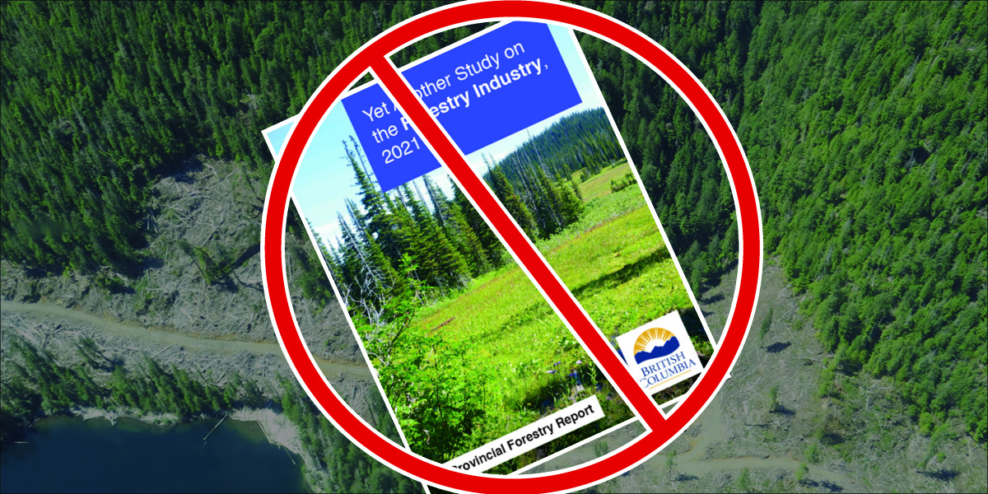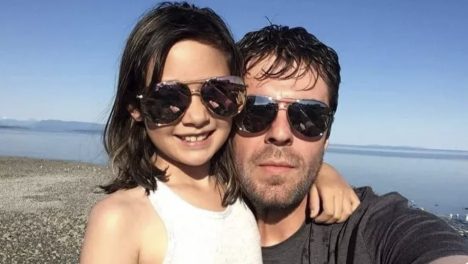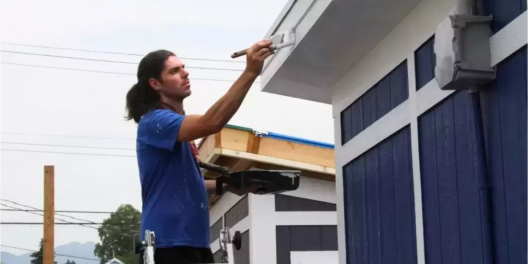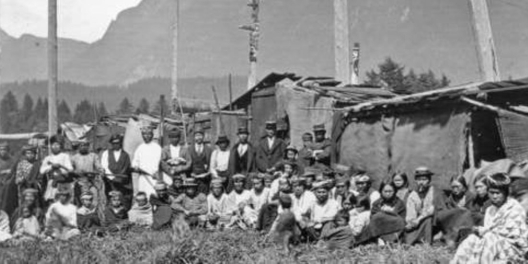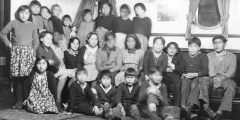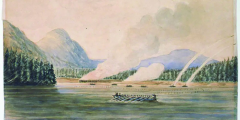People fighting to protect ancient forests in BC got a little boost in late June when John Horgan’s government announced a new old-growth advisory panel.
Emphasis on “little.”
Let’s face it; Victoria has studied this issue before. And with each delay and report, with each new panel announcement, BC’s dwindling old-growth slips closer towards vanishing.
And so do forest-dependent communities at the mercy of logging corporations that are high grading what’s left. Instead of investing in new mills that can process smaller second-growth trees, the logging companies like Western Forest Products plan to primarily log increasingly rare old-growth for 10 to 20 more years.
Unless the rules change, that’s exactly what will happen.
But Premier Horgan promised to change the rules.
During last fall’s election campaign, Horgan pledged to implement all recommendations in the old-growth strategic review completed in 2020 by foresters Garry Merkel and Al Gorley. Their report, A New Future for Old Forests, called for a paradigm shift in how BC manages its old-growth forests. Merkel and Gorley made 14 recommendations. One key recommendation was to defer logging in old forests where ecosystems are at a high and imminent “risk of irreversible loss.”
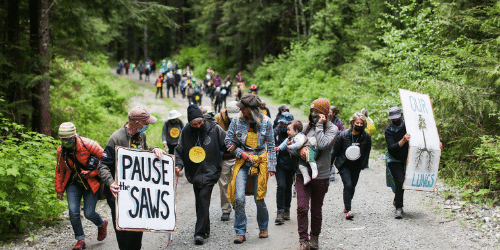
Almost a year later, Horgan’s government has done little to ween logging companies off our dwindling resource. So First Nations and hundreds of concerned citizens of all ages began putting their bodies in the way to say “Pause the Saws.”
Horgan’s government did defer logging for two years on 350,000 hectares. However, a quarter of it is just stunted, low-value trees on poor growing sites. Another quarter isn’t even old-growth and includes recent clear cuts. In other words – more smoke and mirrors.
When releasing a series of vague forestry-related “policy intentions” – which didn’t really address the old-growth crisis – Horgan explicitly rejected demands for a Fairy Creek deferral.
Horgan then attempted to split the growing indigenous-environmental alliance claiming the local Pacheedaht First Nation supports logging. He righteously proclaimed his government’s commitment to respecting First Nations’ control over their territories. Inciting backlash for his statement, “If we were to arbitrarily put deferrals in place there, that would be a return to the colonialism that we have so graphically been brought back to this week by the discovery in Kamloops,” referring to the 215 unmarked children’s graves found on the site of the Kamloops Indian Residential School.
Focus Magazine called Horgan’s dodge an “Orwellian nightmare,” quoting Sierra Club BC campaigner Jens Wieting. Wieting added, “The old-growth crisis calls for immediate short-term funding for First Nations and forestry workers seeking an alternative to logging the last old-growth. Defending business as usual will only exacerbate conflicts like the one happening over Fairy Creek.”
Horgan’s cynical ploy backfired almost immediately when the Pacheedaht, Huu-ay-aht and Ditidaht First Nations asked for a two-year deferral for Fairy Creek. Almost immediately, the Squamish and Gitxsan also demanded deferrals of old-growth logging in their territories, with more First Nation’s expected to follow.
And the blockades continue, with almost 350 people arrested to date.
And what was Premier Hogan’s response?
Did he fast-track the 14 recommendations in the nearly year-old New Future report? No!
Did the Premier act on the recommendation to defer the logging on some of the remaining 1.3 million hectares of old-growth that are at risk? No!
Instead, Horgan appointed another expert panel to study the matter.
At least the panel includes top experts in their fields: ecologists Rachel Holt and Karen Price, forest policy expert and economist Lisa Matthaus, and foresters Garry Merkel and Dave Daust. According to B.C. Minister of Forests Katrine Conroy, the panel will ensure the province uses the best science and data available to identify at-risk old-growth ecosystems and prioritize the areas slated for old-growth logging deferrals.
Sounds good, but do we really need another panel while business-as-usual old-growth logging continues?
One can only imagine what Garry Merkel must be thinking as he engages in yet another government-led effort to shift the needle on forestry and old growth.
Didn’t Merkel just spend a year interviewing 800 people and surveying thousands more to come up with his largely un-acted-on recommendations?
He and his co-author Gorley pointed out that BC has missed opportunities in the past to get ahead of this issue. For example, the 1992 Old Growth Strategy – published under NDP Premier Mike Harcourt’s leadership – gathered dust while critical aspects of it were “either discarded or partly implemented,” wrote Merkel and Gorley. Had the 1992 strategy been embraced and implemented, BC’s old-growth ecosystems and forest sector would be on firmer ground today.
Here we are 30 years later, with another NDP government and the crisis around old forests starting to look a lot like the collapse of the cod fishery on the East Coast. They knew it was happening, yet government and industry stood by as an ocean resource that once seemed limitless were liquidated. Along with it, the coastal fishing towns that were 100 percent dependent on cod fishing.
Sounds eerily familiar, doesn’t it?
Shame on BC and the logging corporations if the same should happen here on Vancouver Island.
Logging companies say they need another decade or two of old-growth fibre – for what?
To prop up shareholder returns and dangle the promise of continued employment for loggers all while transitioning their focus onto real estate.
But we know what will happen. Companies will move on and leave vacant industrial sites in their wake. You don’t have to look far for examples – Port Alberni, Campbell River, Gold River, Tahsis … the list of boom-and-bust Vancouver Island forest towns goes on.
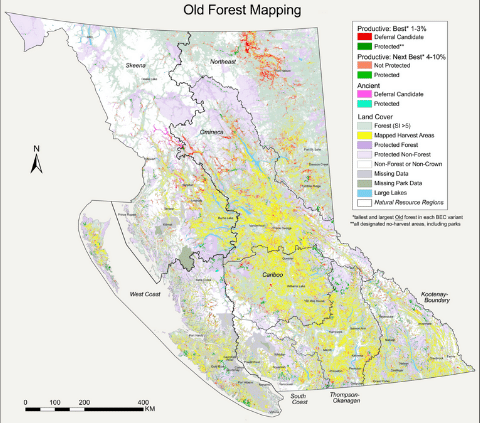

While Horgan’s government delays and ducks the issue, at least towns like Port Alberni are fighting back by expropriating mothballed mill sites.
So, considering this track record, what gives forest corporations the right to demand continued access to old-growth trees in BC?
Most of BC’s forests belong to the people. Our trees are a public asset; harvesting them is a privilege, not a right.
If the industry had been logging sustainably as we’ve been told time and time again by the Council of Forest Industries, the Truck Loggers Association and other groups, would we be facing the crisis that we are today?
Would more than 100 mills have been shuttered, as they have in the past 20 years in BC? Not likely.
Merkel and Gorley didn’t mince words in their report. Logging corporations need to change the way they do business, and so do government regulators.
If our forests and forest-dependent communities stand a chance in the future, we need to manage forests as ecosystems, not tree farms. We need tenure reform to reflect this shift and compel companies – or communities – to invest in new mill technology designed to process second-growth trees.
Yes, there will be some pain along the way, and government needs to show leadership to help communities adapt and diversify. But handouts to industry – no thanks.
The days of old-growth fueled mills are gone – fortunes were made, but that ship has sailed. The public is demanding change, and John Horgan’s NDP better make this old-growth panel count.
If not, BC faces an on-land version of the collapse of the cod fishery.
